This breakdown offers you a realistic financial overview to benchmark your project and decide on scope, features, and team size accordingly.
Money Transfer App Development: How to Build a Money Transfer App
Blog
December 29, 2022
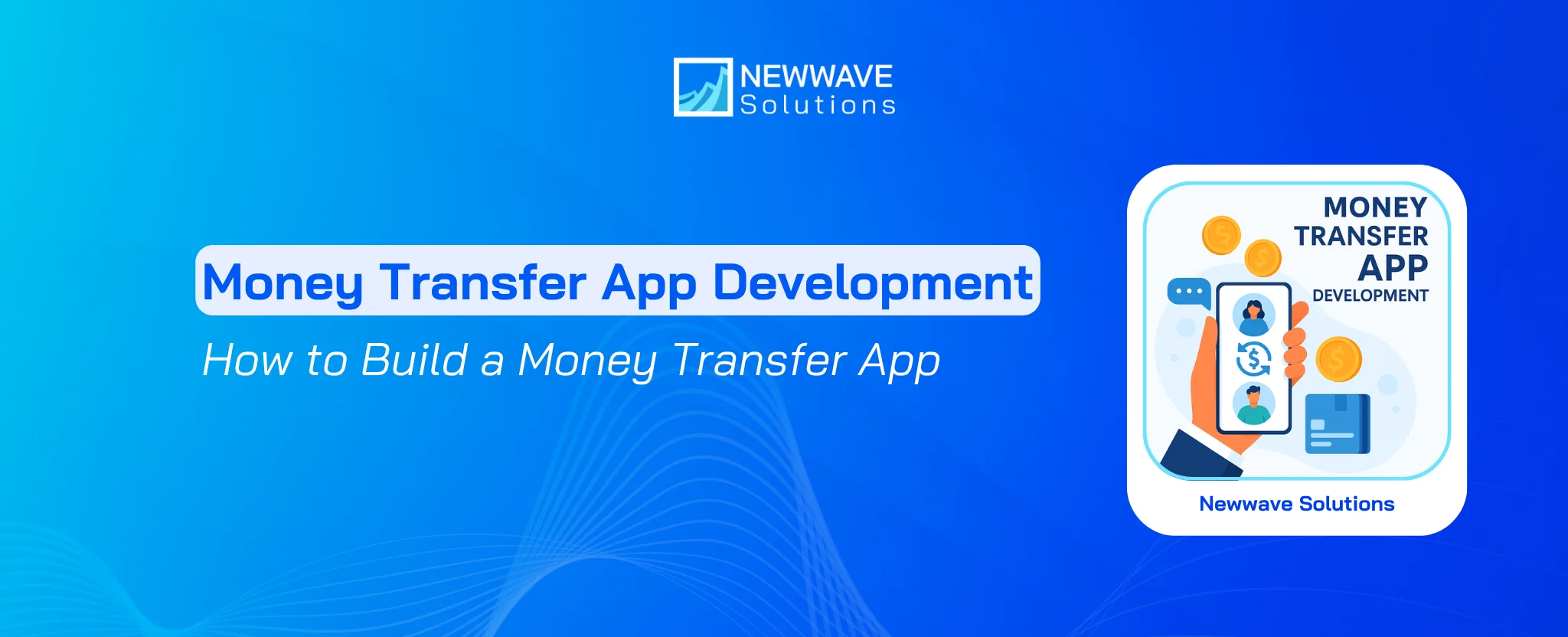
Are you tired of having customers waiting in long lines or dealing with expensive fees for wire transfers? Building an online money transfer app can solve these problems and provide a convenient way for individuals to send and receive money from their smartphones.
Whether you are a seasoned developer or new to the world of app development, this guide will provide valuable insights into the creation of a money transfer app, as well as the steps involved in money transfer app development. Read on to discover the method to build an easy, fast, secure domestic and cross-border funds transfer.
What is Money Transfer App?
A money transfer app is a mobile application that allows users to send and receive money electronically anywhere and anytime. These apps typically use your phone’s internet connection to transfer funds between bank accounts or to send money to someone using their phone number or email address.
Many money transfer apps also offer additional features such as paying bills, 24/7 online money transfer, requesting money from others, and tracking your spending. Some popular examples of online money transfer apps include PayPal, Venmo, and Cash App.

Current Money Transfer App Market Overview:
The global money transfer app market in 2025 is valued at approximately $23.88 billion, with projections indicating it will reach $78.40 billion by 2032, backed by a strong compound annual growth rate (CAGR) of 18.5%. This surge is driven by widespread smartphone adoption, high-speed internet access, and rising demand for convenient and cost-effective digital payments.
Leading competitors in this space include Wise, Remitly, Azimo, and Cash App, each innovating with features like enhanced security, blockchain transparency, and diversified payment options such as cryptocurrency trading. The trend towards user-centric features, financial inclusion, and strategic partnerships is reshaping customer expectations and driving robust market expansion, further supported by continuous advances in mobile technology and regulatory support for digital payments.
Why Money Transfer App Development is a Viable Idea?
There are several reasons why building a money transfer app could be a viable idea:
- High Convenience: A money transfer app allows users to easily send and receive money from their smartphones, without having to visit a bank or other financial institution. This can be especially useful for people who don’t have access to traditional financial services or who are unable to visit a bank in person.
- Ease of use: Money transfer apps are typically designed with a user-friendly interface, making it easy for people of all ages and technical abilities to use them.
- Low fees: Many money transfer apps offer low fees or even no fees for certain types of transactions, making them an affordable option for users.
- High Security: Money transfer apps use advanced security measures to protect user data and prevent fraud. This can give users peace of mind when using the app to send and receive money.
- Global reach: Money transfer apps can be used to send money internationally, which can be useful for people with family or business connections in other countries.
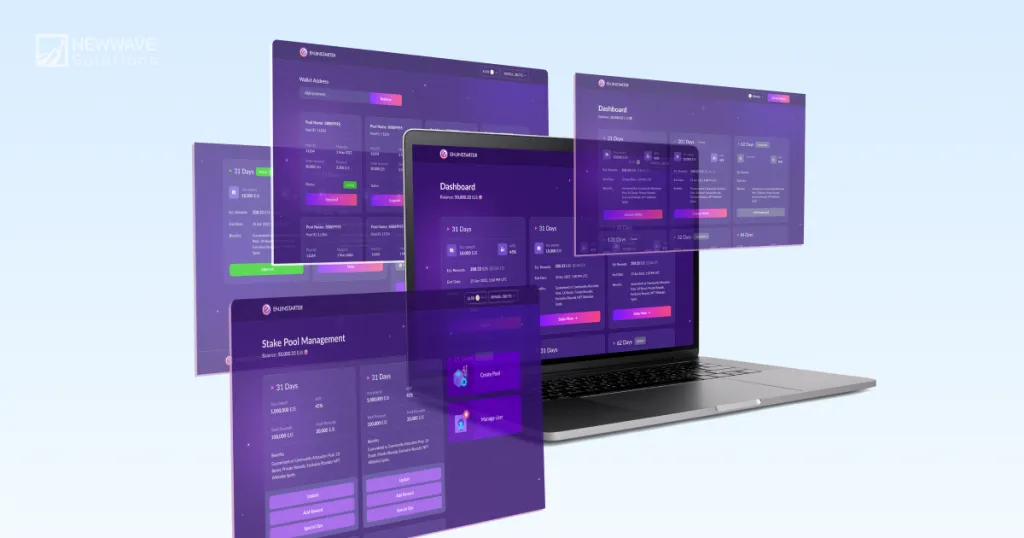
Types of Money Transfer Apps
Since there are lots of money transfer apps available in the marketplace, we will focus on the main ones for businesses and enterprises nowadays:
- Peer-to-peer (P2P) payment apps allow users to send and receive money directly from one person to another. Examples of the best online money transfer services in P2P include Venmo, PayPal, and Zelle.
- Mobile wallet apps allow users to store their debit or credit card information on their smartphones and use their phones to make payments at participating merchants. Examples include Apple Pay and Google Pay.
- Remittance apps let users send money internationally to friends and family. Examples include Western Union and MoneyGram.
- Banking apps: Many traditional banks and credit unions offer mobile apps that allow users to make P2P payments, pay bills, and check their account balances.
- Cryptocurrency apps: These apps allow users to buy, sell, and store cryptocurrencies like Bitcoin and Ethereum. Examples include Coinbase and Binance.
- Payment processing apps: These apps allow merchants to accept payments from customers using their smartphones. Examples include Square and Stripe.
6 Key features of a Money Transfer App
- User registration & identity verification: The app must provide a secure sign-up process with identity verification (KYC) to build trust and comply with regulations. A robust onboarding workflow reduces fraudulent accounts and supports regulatory compliance.
- Real-time money transfers: The app should enable users to send and receive funds instantly, domestically or internationally, with up-to-date currency conversion where applicable. Instant transfers improve user satisfaction and support competitive differentiation in the money-transfer market.
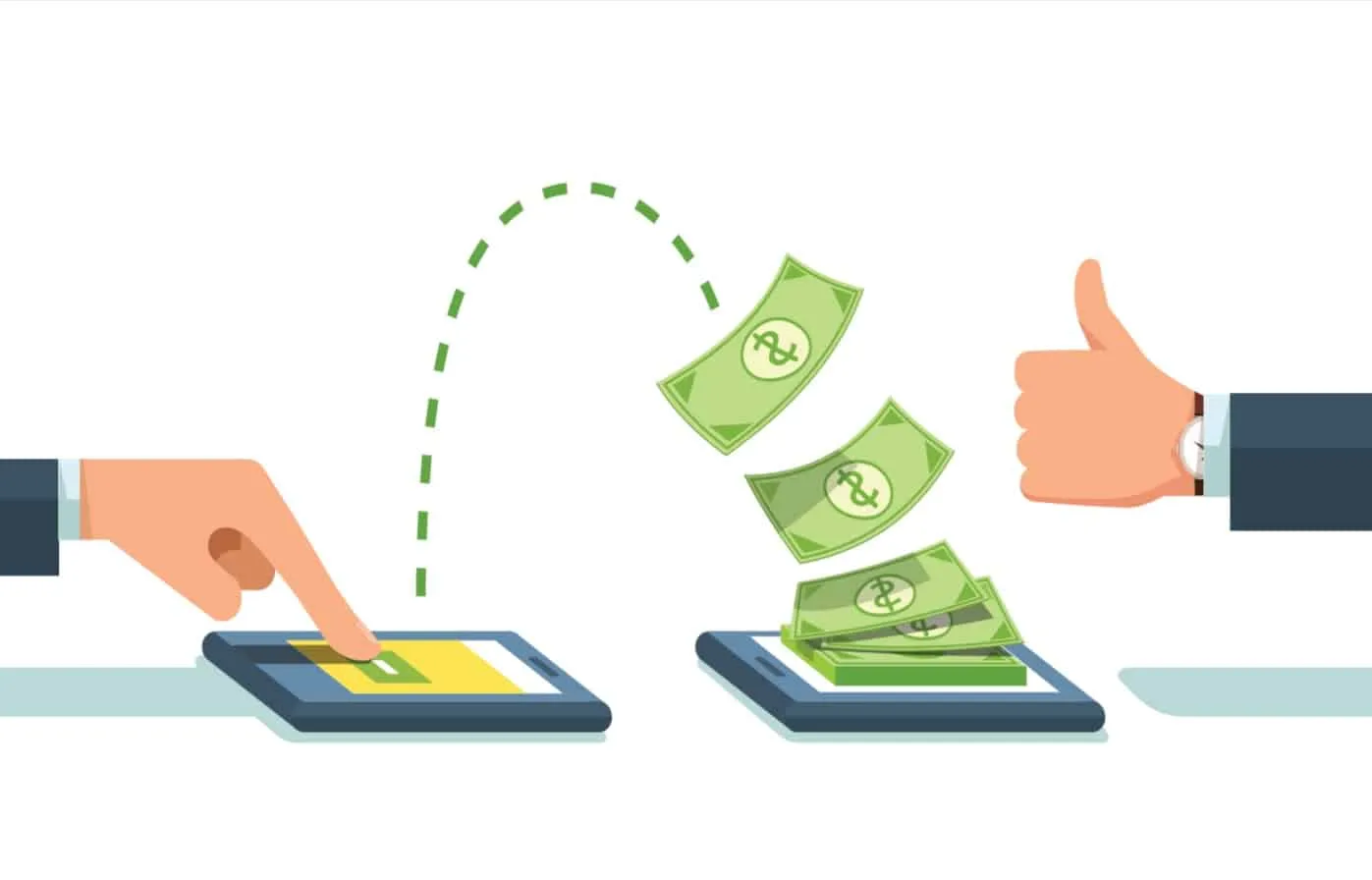
- Multi-currency & cross-border support: The platform needs to support multiple currencies and international transfers to serve global users or remittance flows. This feature expands the market reach and helps businesses tap into cross-border opportunities.
- Transaction history & tracking: The app should display a clear, chronological list of all transactions, with filters, status updates, and export options for users. Transparent tracking builds user confidence and simplifies dispute resolution or financial audits.
- Secure payment gateway & wallet integration: The system must integrate with trusted payment gateways, digital wallets, and banks while providing secure storage of funds or balances. Strong integration ensures a seamless flow of money and reduces friction or error in transfers.
- Fraud detection, encryption & compliance: The application must include features such as biometric login, two-factor authentication, encryption of data in transit and at rest, anti-money-laundering (AML) modules, and regulatory reporting. These safeguards minimise risk and protect both users and the business from compliance violations.
A Step-by-Step Guide for Money Transfer App Development
Now, we will discuss how to develop a money transfer app by covering everything from the initial concept and planning stages to the development and testing phases:
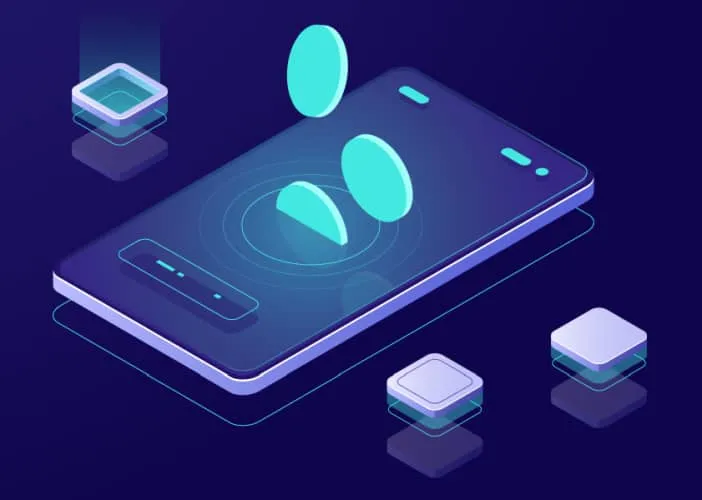
Step 1: Define the Scope and Purpose of your App
Determine the main features and services you want to offer through the app. For example, will users be able to send and receive money, pay bills, or exchange currencies? Identify the target audience for your app. Who do you envision using it, and what are their needs and preferences? Define the goals of your app. What problem are you trying to solve, and how do you plan to differentiate your app from existing solutions?
Step 2: Research and Understand the Relevant Regulations
Determine the countries and regions where you plan to operate, as each region has its own set of laws and regulations that apply to online money transfer apps. Research the relevant laws and regulations, such as anti-money laundering (AML), and know your customer (KYC) requirements, and how they apply to your app. Consider consulting with a legal professional to ensure that you are compliant with all relevant regulations.
Step 3: Design the User Experience
Create wireframes and prototypes to define the layout, navigation, and overall look and feel of your app. Define the user flow for common tasks such as sending and requesting money, and consider how to make these processes as seamless and intuitive as possible. Think about how to handle errors and edge cases, such as invalid input or insufficient funds.
Step 4: Integrate with Financial Systems
Determine which financial systems you need to integrate with to offer the desired features and services through your app. This may include bank accounts, payment gateways, and exchange rate APIs. Research and evaluate different options for integration, and choose the ones that best fit your needs. Implement the necessary integration points and test them to ensure that they are working correctly.
Step 5: Build and Test the App
Whether you choose to hire a Fintech app development company or use a software development kit (SDK) to build the app in-house, remember to follow best practices for both security and performance of your project. Create test cases to verify that the app is working correctly, including testing for different scenarios and edge cases. Conduct beta testing with a small group of users to get feedback and further refine the app.
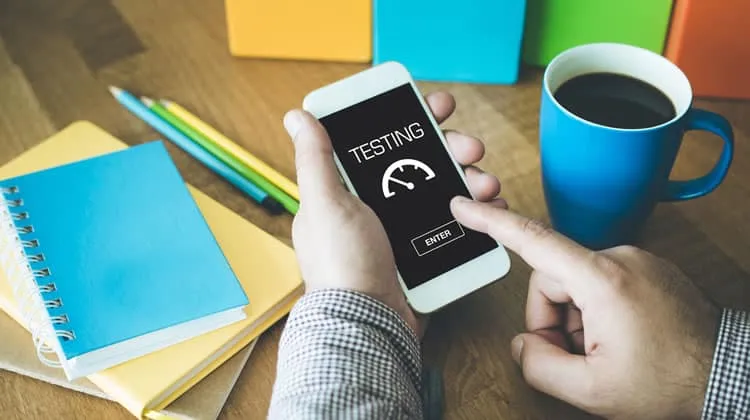
Step 6: Launch and Promote the App
Publish the app in app stores and make it available to users. Create money transfer apps marketing plans to promote the app and attract users, including through advertising, social media, and partnerships. Monitor the app’s performance and user feedback, and make necessary updates and improvements based on the data.
Costs of the Money Transfer App Development
Developing a money transfer app involves multiple types of costs — from initial build and features, through ongoing maintenance and compliance — so a clear budget plan is essential. Below is the detailed breakdown of costs that your business need to focus on while generating a money transfer app:
|
Cost Category |
Estimated Range |
|
Basic app development (single platform) |
USD $20,000 – $40,000 |
|
Mid-level app development (multi-currency, cross-border) |
USD $50,000 – $100,000+ |
|
High-complexity app (custom modules, AI/ML, advanced compliance) |
USD $150,000 – $300,000+ |
|
Ongoing maintenance & compliance |
15-25% of the initial development cost per annum |
Conclusion
The money transfer app development can provide a convenient and efficient way for businesses to send and receive funds digitally. With the increasing reliance on mobile devices and the growing need for secure financial transactions, a well-designed online money transfer app can be a valuable tool for both personal and business use.
If all these things sound like just what you need to take your business to the next level, feel free to contact our team at Newwave Solutions today! We are pleased to help you with money transfer app development through the financial software development services or e-Wallet app development services to enable your business to stand out from the rest of your competitors.
If you are interested in building success, please contact us today!
Contact Information:
- Head Office (Hanoi): 1F, 4F, 10F, Mitec Building, Cau Giay Ward, Hanoi City, Vietnam
- Branch Office (Tokyo): 1chōme118 Yushima, Bunkyo City, Tokyo 1130034, Japan
- Hotline: +84 985310203
- Website: https://newwavesolution.com
- Email: [email protected]
To Quang Duy is the CEO of Newwave Solutions, a leading Vietnamese software company. He is recognized as a standout technology consultant. Connect with him on LinkedIn and Twitter.
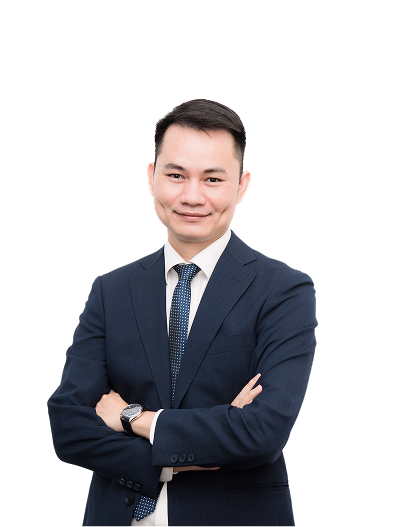
Mr. To Quang Duy
CEO, Newwave Solutions
Read More Guides
SUBSCRIBE OUR NEWSLETTER
Get stories in your inbox twice a month.
Let’s Connect
Let us know what you need, and out professionals will collaborate with you to find a solution that enables growth.

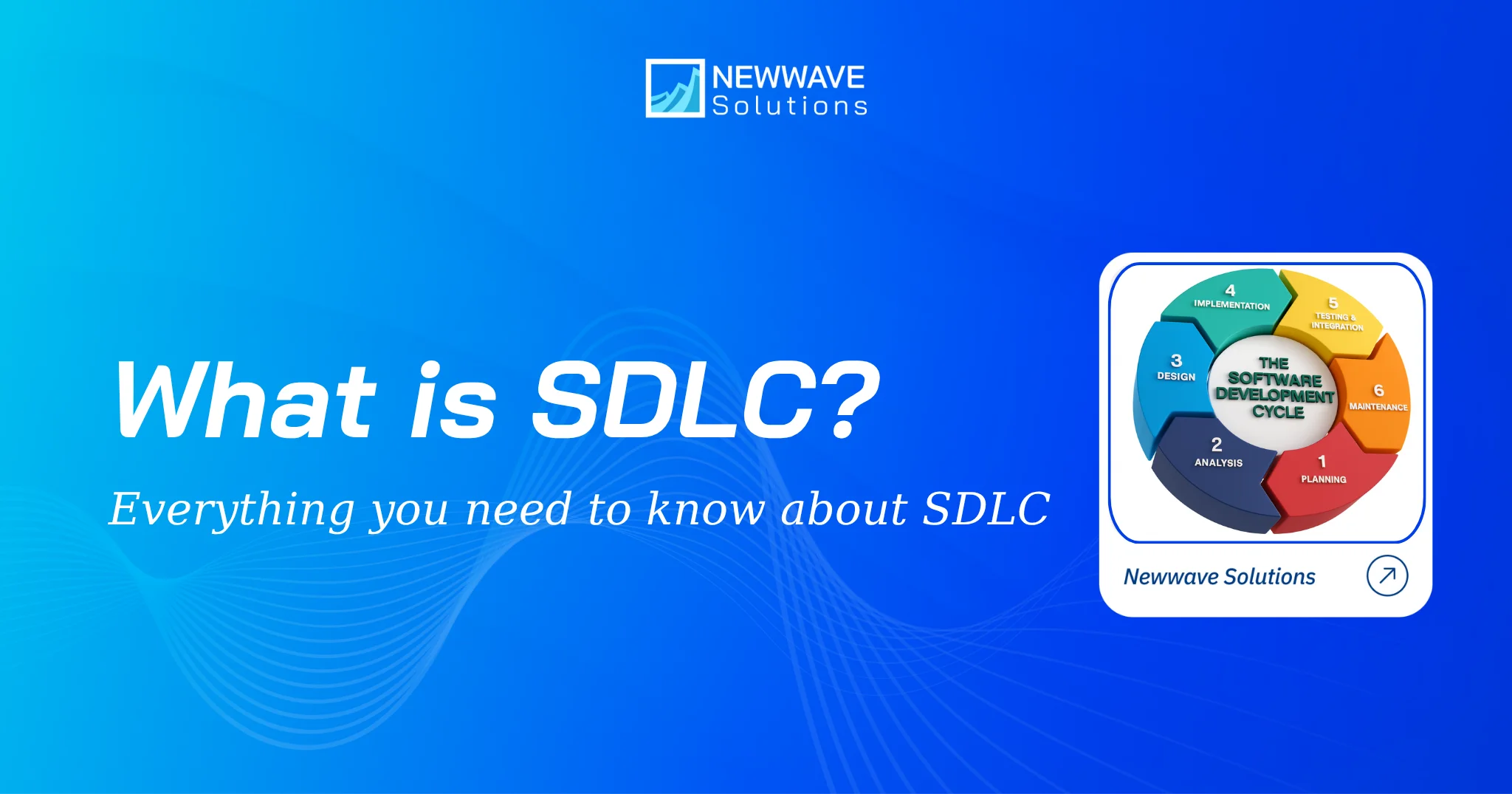

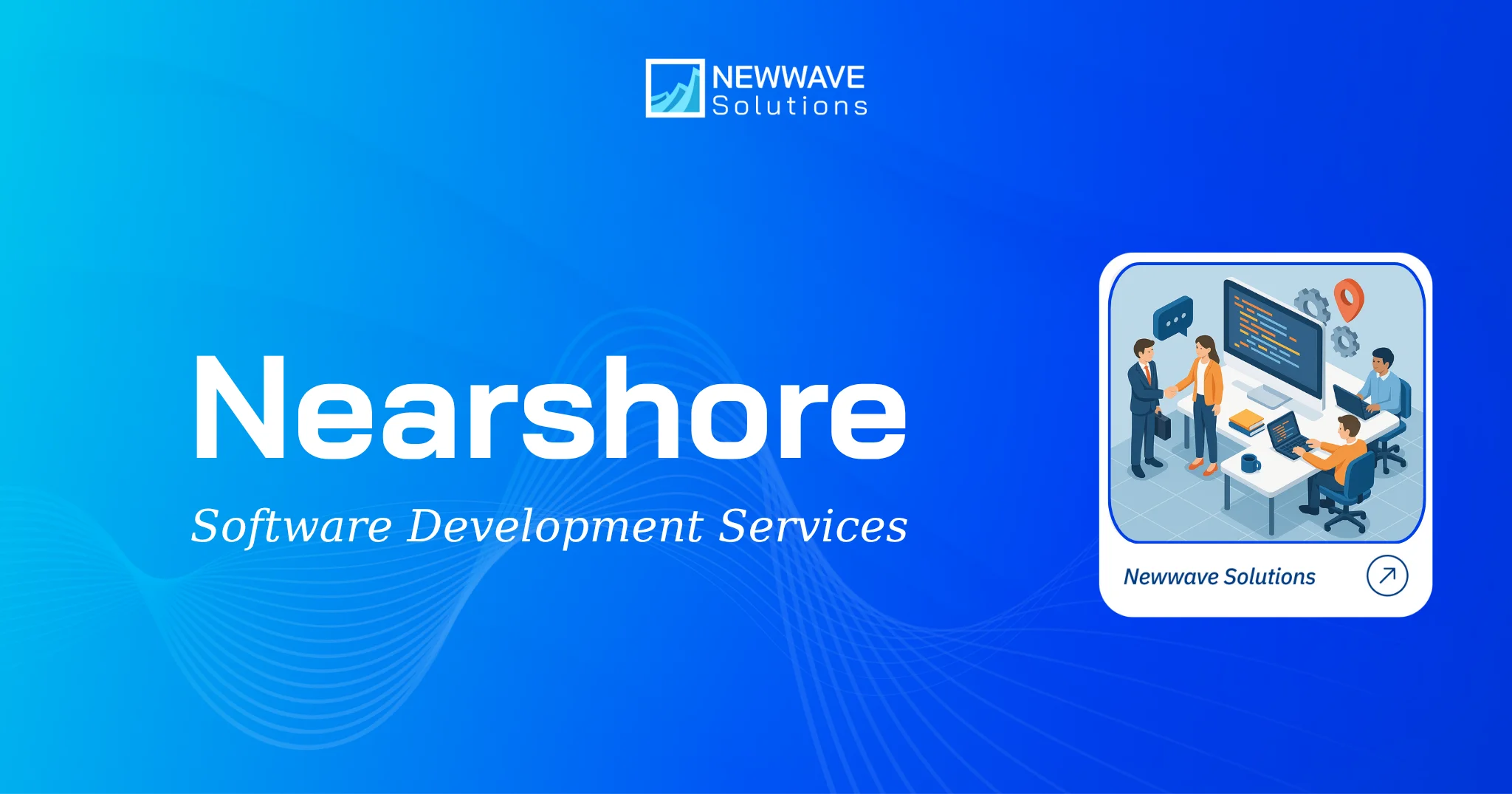
Leave a Reply